Source: SCMP (11/15/17)
The woman who ‘ruled’ China: what you didn’t know about Empress Dowager Cixi
The former concubine, who effectively controlled country during late Qing dynasty for nearly five decades, still divides opinion 109 years after her death
BY LARAMIE MOK

Empress Dowager Cixi, who died 109 years ago today.
Although it has been 109 years (today) since the death of the Empress Dowager Cixi – also known as the “dragon lady” and the “old master Buddha” – who effectively ruled China during the late Qing dynasty (1644-1911) for nearly five decades, she still divides public opinion.
Born on November 29, 1835, she was chosen as a concubine for the Emperor Xianfeng when she was a young girl. She gave birth to the emperor’s son – the future Emperor Tongzhi – in 1856 and went on to live an extravagant and privileged life in the imperial court without concerning herself with the hardships facing ordinary people.
[‘Empress Dowager, Cixi’ exhibition shows the artistic side of China’s iron-fisted ruler]
Yet later, after consolidating control over the dynasty, she supported the Self-Strengthening Movement – a period of institutional economic and military reforms, which helped transform China from a medieval society into a more modern power on the global stage.
Historians, in China and abroad, have weighed up her achievements, with some depicting her as cruel and oppressive person, who was to blame for the end of the dynasty, but others have highlighted the changes and reforms that she introduced.
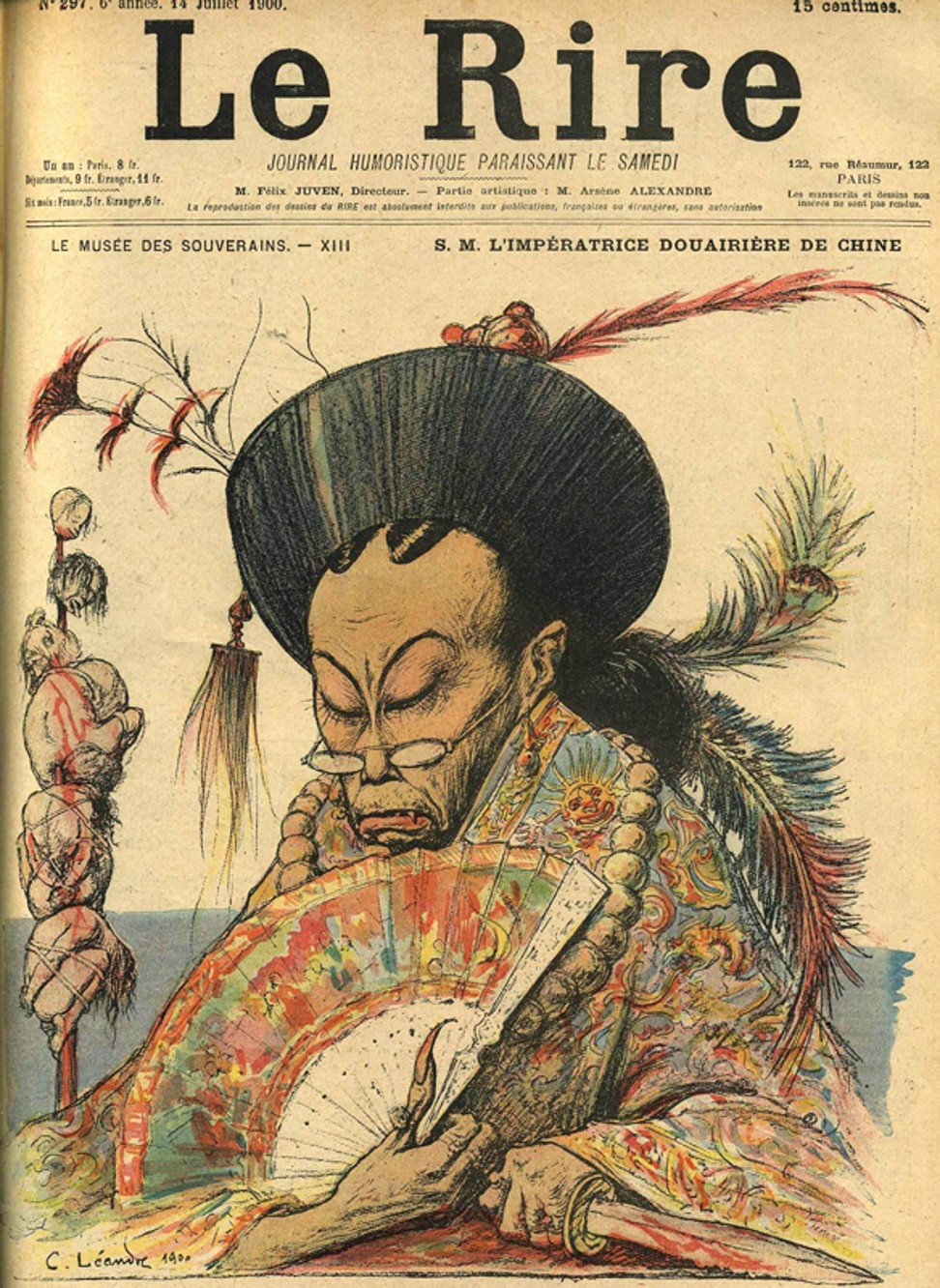
Cixi – condemned in the West for inciting the Boxers to attack foreign residents and Chinese Christians – is depicted in grotesque fashion on the cover of the French magazine ‘Le Rire’ on July 14, 1900
So, what was Cixi’s privileged life within the walls of Beijing’s Forbidden City really like?
To mark the anniversary of her death, aged 72, we take a peek into her private world by looking at photographs, lavish robes and other belongings, and examine some of the stories about her life, including the demolition and reconstruction of a tomb featuring a lavish series complex of temples and pavilions – 12 years before her eventual death – as her fitting resting place.
[How Empress Dowager Cixi brought curtain down on Qing dynasty China]
Cixi was a fashionista
The empress was known to enjoy dressing up and also she loved to be photographed.
The Palace Museum in Beijing has preserved more than 100 surviving photographs showing Cixi dressed in more than 30 different lavish robes and dresses.
Her silk clothing was embroidered with high-quality pearls, while she wore jewels, jade and gold hairpins threaded through her hair.
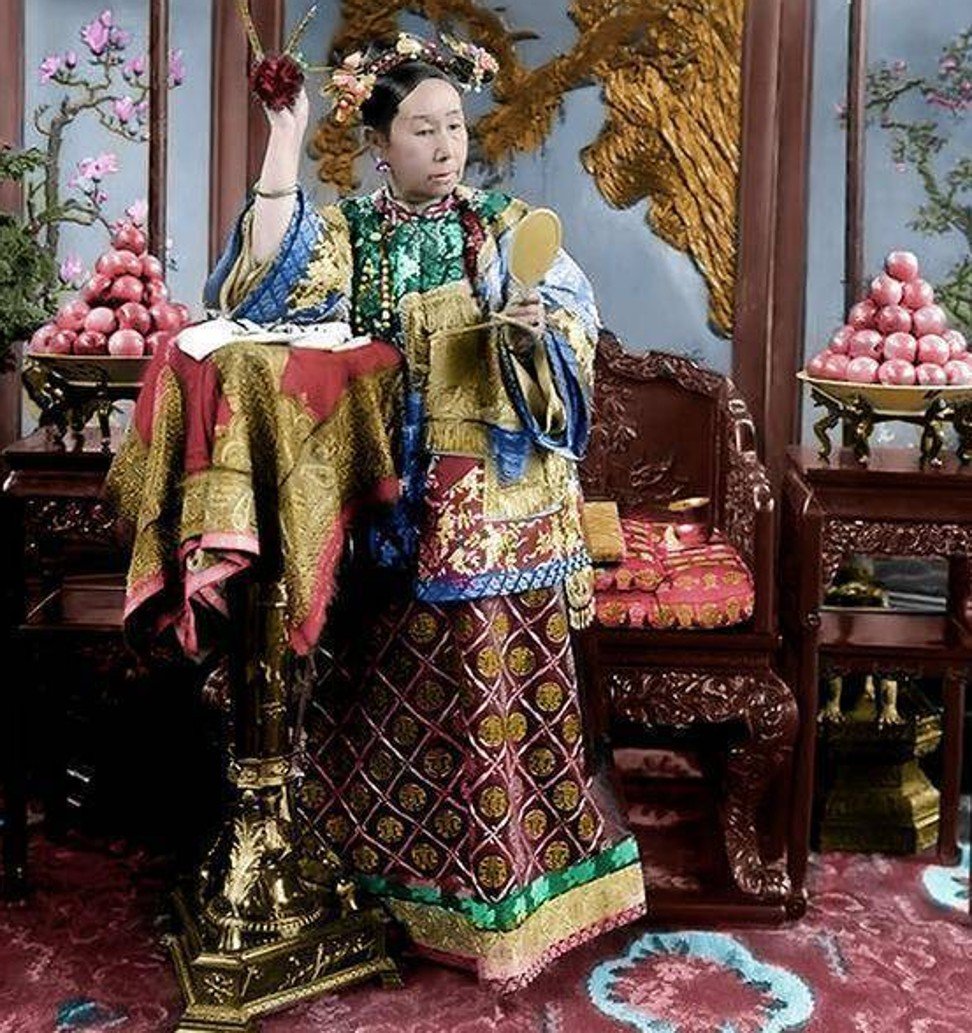
Cixi is pictured, possibly in 1903, with her hair arranged in the popular Qing dynasty style, known as the ‘two side bun’ (兩把頭), which involved her hair being wound into two buns, worn on either side of her head
Arranging her hair proved to be a slow painstaking process. A set of hair styling tools (pictured below) used in the palace typically featured 25 different tools for arranging and styling the hair of Cixi and other imperial concubines.

A set of hair styling tools used in the Qing dynasty palace, which is now on display at the Palace Museum. Photo: Palace Museum
Cixi had her own exclusive railway in the royal park
To win Cixi’s support for developing the country’s railway network, Li Hongzhang – a prominent politician, general and diplomat – suggested building an exclusive royal railway in the Western Garden (Xiyuan; 西苑), the royal park located in the west of the Forbidden City.
The Western Garden, consisted of Beihai (Northern Sea) and Zhongnanhai (Middle and Southern Sea), was the place where the Empress Dowager often lived after 1888.
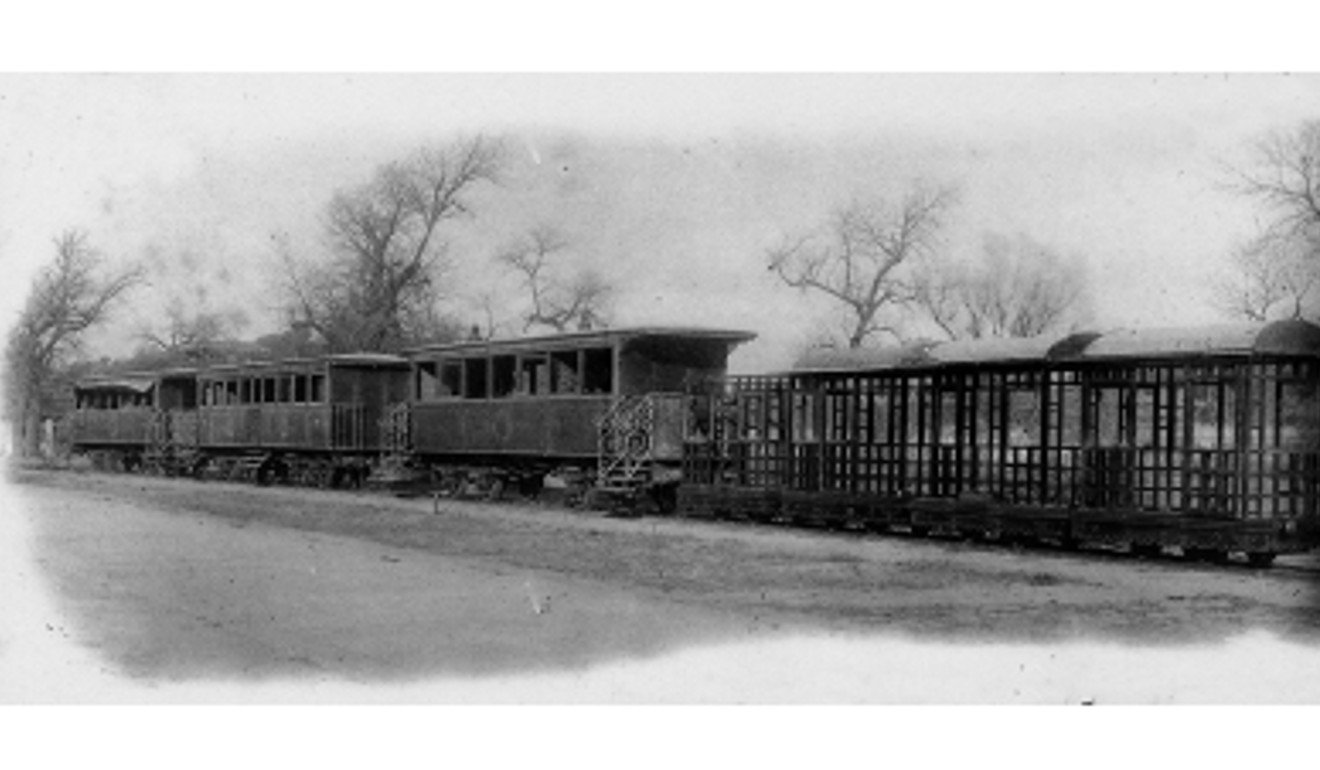
A photograph showing the carriages of the Ziguangge Railway.
Construction work on what would become the first imperial railway in China began in 1886 and was completed in 1888. The 1,510-metre-long railway started near Cixi’s residence, the Hall of Ceremonial Phoenixes (Yiluandian; 儀鸞殿) in Zhongnanhai, and ran to her dining hall, the Place of the Quiet Heart (Jingxinzhai; 靜心齋) in Beihai.
[Jung Chang talks to Empress Dowager Cixi]
The line also featured a halfway station, at the Pavilion of Purple Light (Ziguangge; 紫光閣), after which the railway was officially named the Ziguangge Railway.
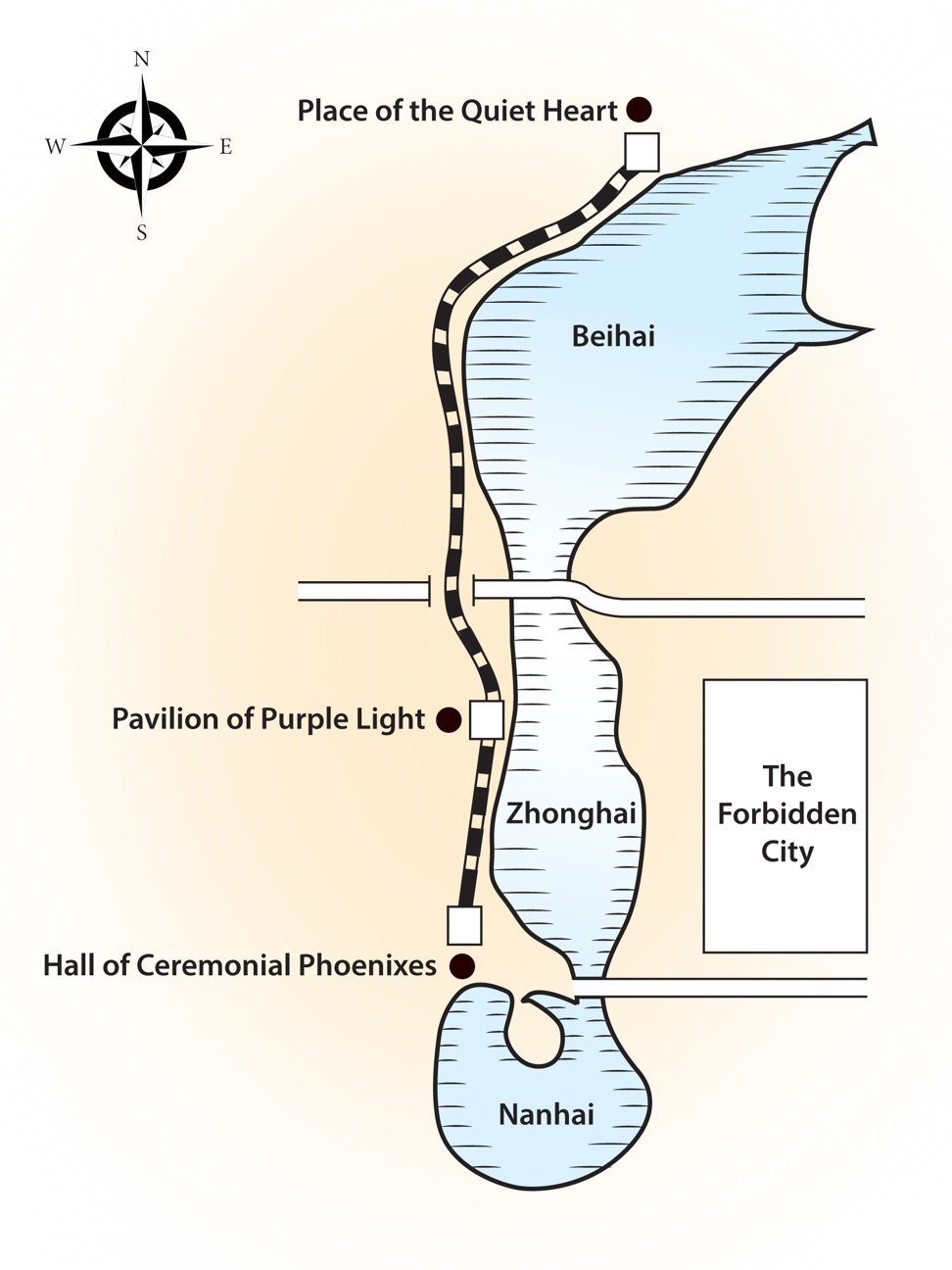
A map of Cixi’s private Ziguangge Railway built in the west of the Forbidden City.
To emphasise her imperial authority, the carriages of the train were decorated with different colours of curtains – yellow for Empress Dowager Cixi and the Emperor Guangxu, and red and blue for the members of the royal clan and officials, respectively.
Unfortunately, the railway was destroyed by the army of the Eight-Nation Alliance in 1900.
[Remembering China’s last emperor, Puyi, 50 years after his death]
Cixi was served 120 dishes at each meal and was said to eat 150,000 apples a year
In addition to the palace’s “Imperial Kitchen”, which catered to the many concubines serving the emperor, Cixi had her own exclusive kitchen built within the Forbidden City, known as the “Western Kitchen”.
It was subdivided into five areas – the meat section, vegetarian section, rice, bun and noodle section, snack section and pastry section.
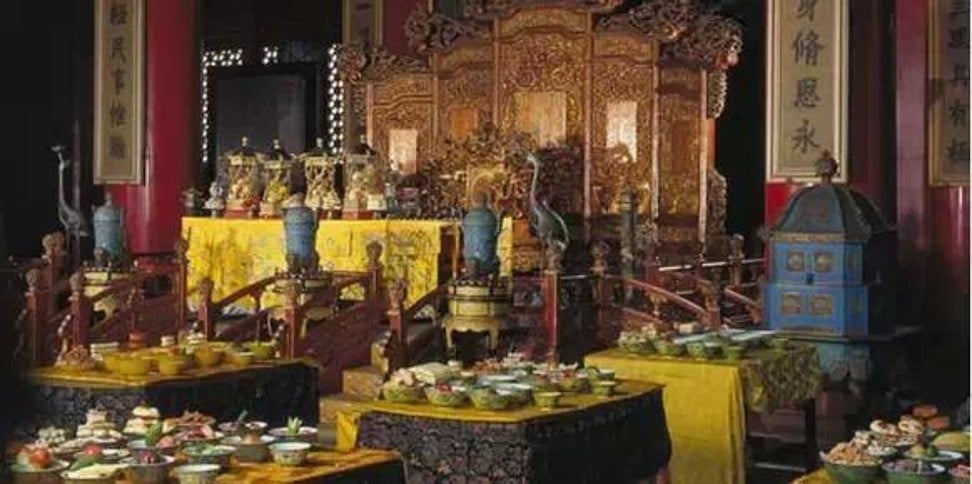
The dishes consumed by Cixi during a typical day have been re-created and displayed at the Palace Museum.
Staff of the Western Kitchen were capable of making more than 400 different kinds of pastry, 4,000 dishes and also rare delicacies, which included bird’s nest, shark’s fin and bear’s paw.
According to the biography, Empress Dowager Cixi, written by Xu Che, a scholar and Qing dynasty expert, she would be served 120 different dishes for each meal. However, she would eat only two or three bites of some of the dishes because of fears that would be poisoned.
Cixi usually gave permission for the other concubines, officials and eunuchs to eat the unfinished dishes – something that was regarded as a huge honour.
However, stories that Cixi consumed more than 150,000 apples each year are false. It would have meant that she ate more than 400 apples a day. In fact, she did not actually eat them, and instead smelled the apples instead.
Cixi also favoured the smell of other fruits, including pears and peaches. The fruit was replaced once their ripe fragrances had faded.
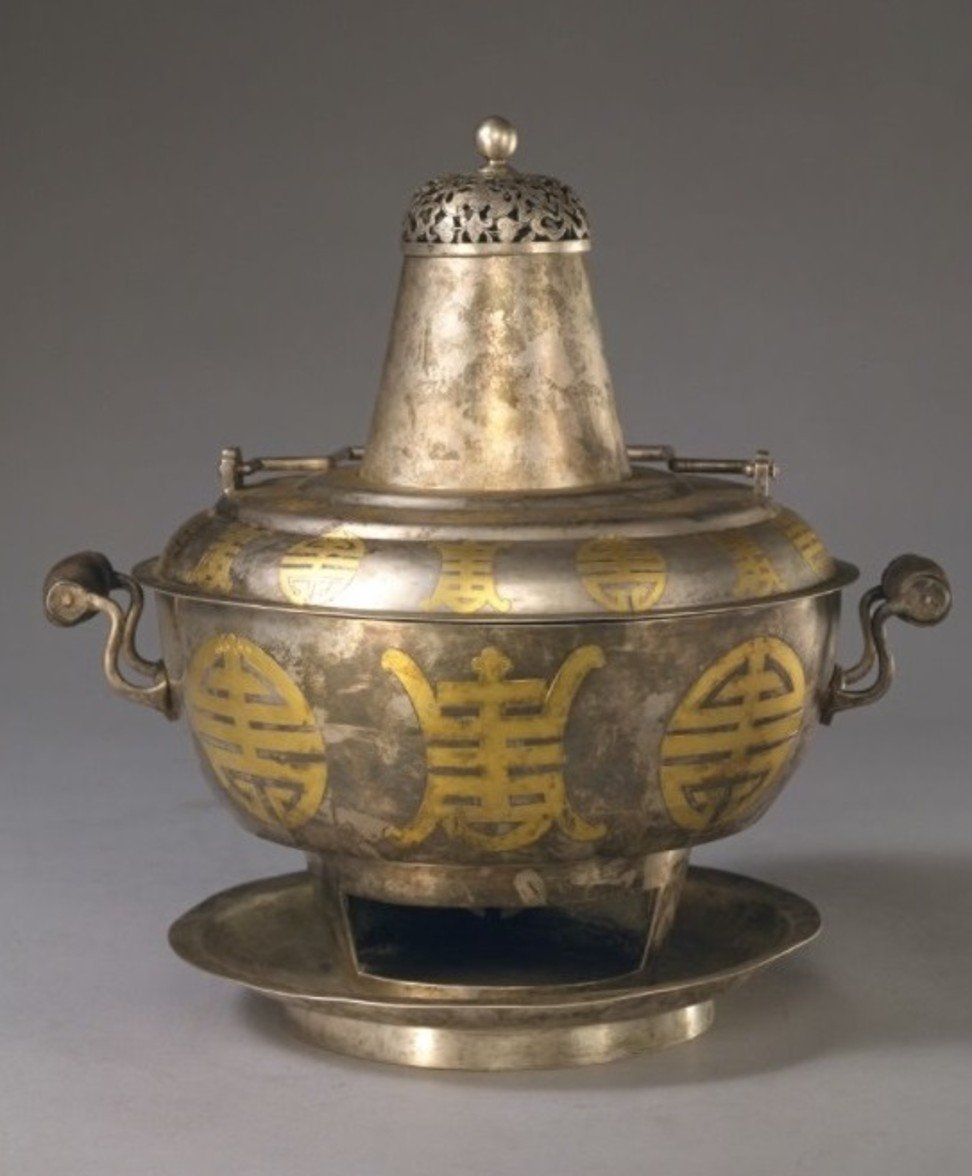
Cixi also loved hotpot meals. Pots in the palace were usually made of ceramics, sterling silver (above), gold-plated sterling silver or enamel. Photo: The Palace Museum
Cixi ensured her dogs were served by their own eunuchs
Keeping a dog as a pet was a popular hobby in the palace. According to Imperial Incense, written by Der Ling – a Manchu nobleman’s daughter and one of Cixi’s court attendants – the empress kept more than 20 dogs and loved, in particular, a Pekinese.
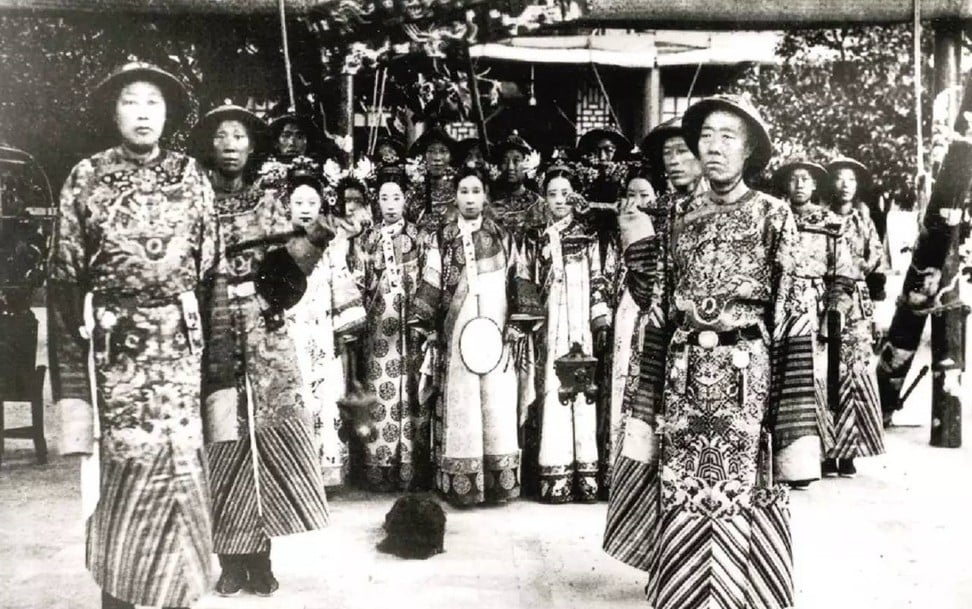
The Empress Dowager Cixi pictured with other concubines and eunuchs in the Summer Palace.
Instead of keeping the pets in cages, Cixi allowed her dogs to stay inside a villa made of bamboo, with four eunuchs assigned the task of taking care of them.
The imperial palace also prepared a large number of clothes for the dogs to wear each year. The clothes were made from satin and adorned with special floral Malus spectabilis and chrysanthemum patterns, embroidered with silk and gold thread.
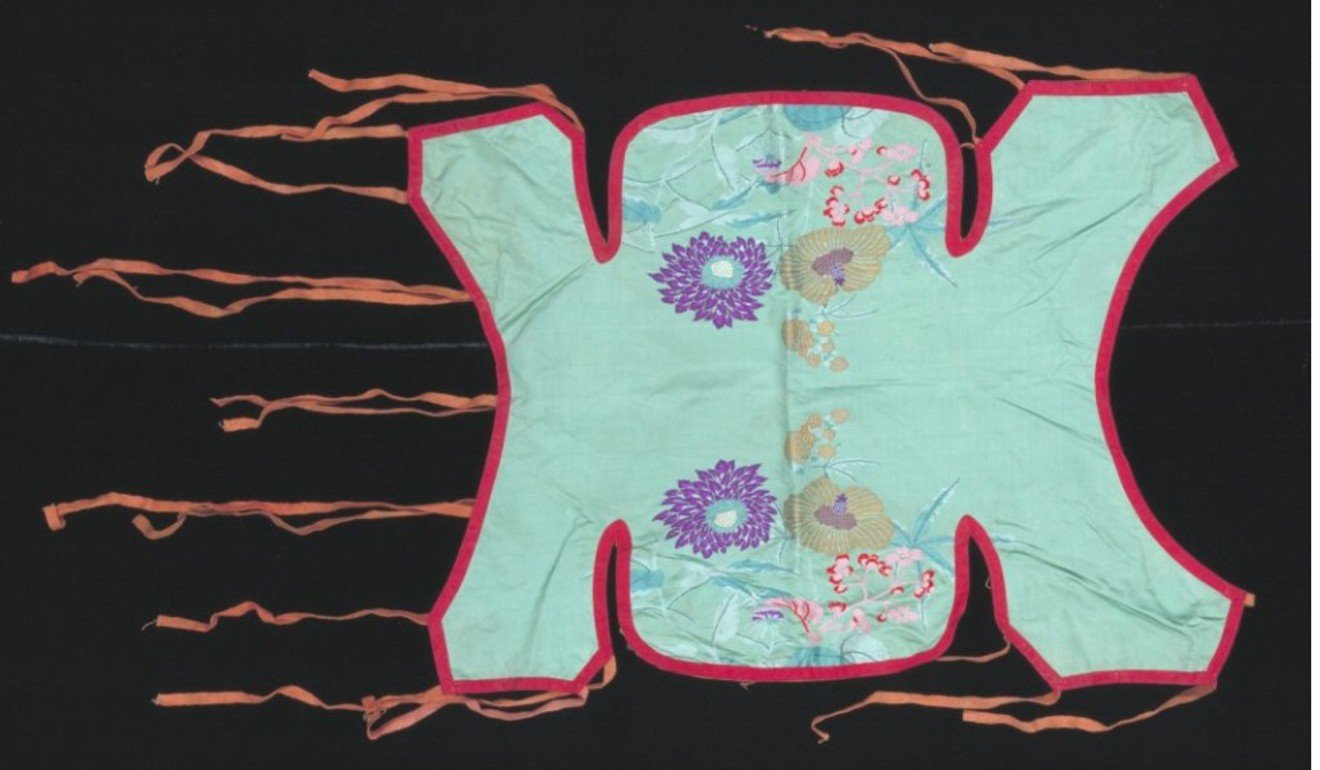
One of the items of dog clothing from the late Qing dynasty. Photo: Palace Museum
Cixi was laid to rest with jewellery and other luxury items worth 1.2 million taels of silver
Cixi died in the Hall of Ceremonial Phoenix on November 15 1908, one day after the death of Emperor Guangxu. Her funeral was a lavish occasion.
The funeral activities continued for almost 12 months. According to an essay published by the Imperial Museum in 2002, she was buried with jewellery and other luxury items worth about 1.2 million taels of silver.
The various activities held to mark her death included the burning of a giant funeral boat on August 30, 1909.
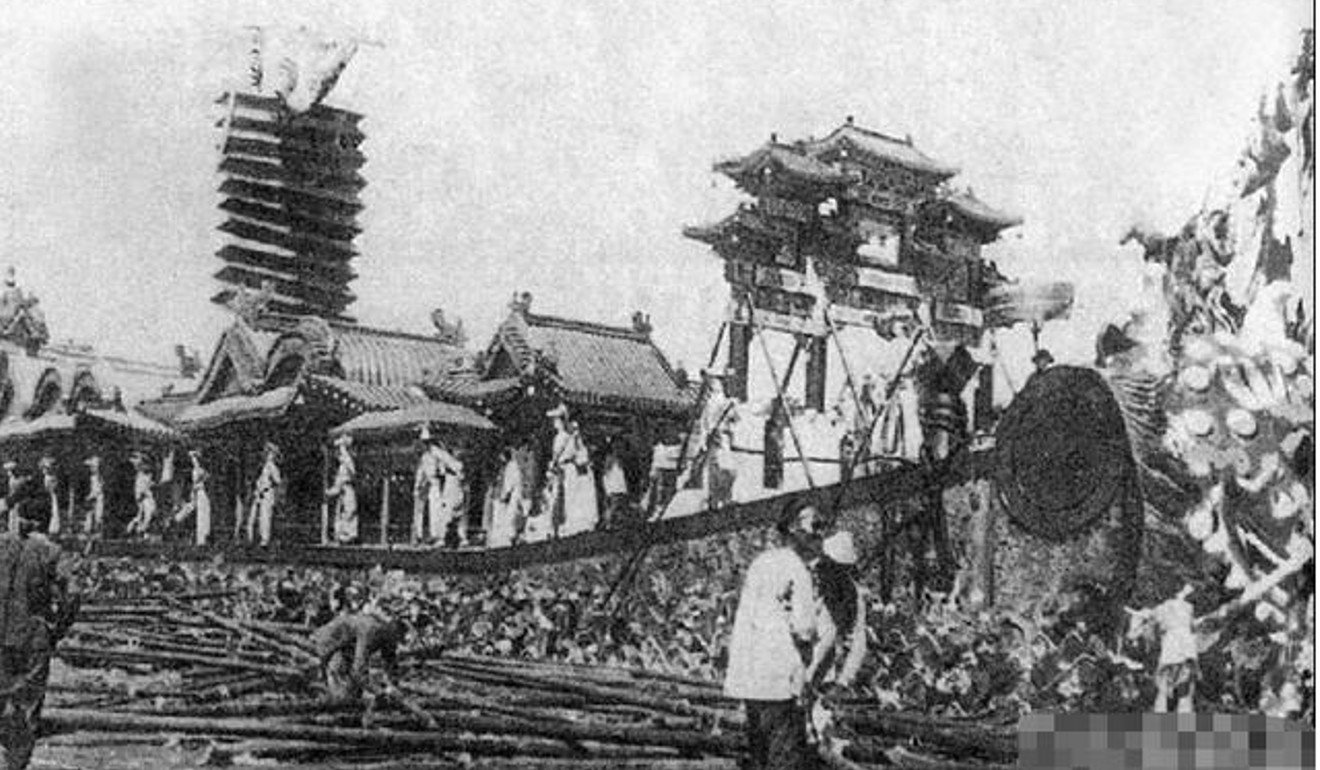
The giant funeral boat for Cixi.
The boat, which was 72 metres long and seven metres wide, was made of high-quality wood and covered in expensive silk fabric. The boat was also filled with numerous paper effigies of towers, chambers, pavilions, and dozens of life-size servants dressed in clothes.
It was set on fire near the East gate of the Forbidden City, in a ceremony that was believed to grant Cixi a better afterlife.
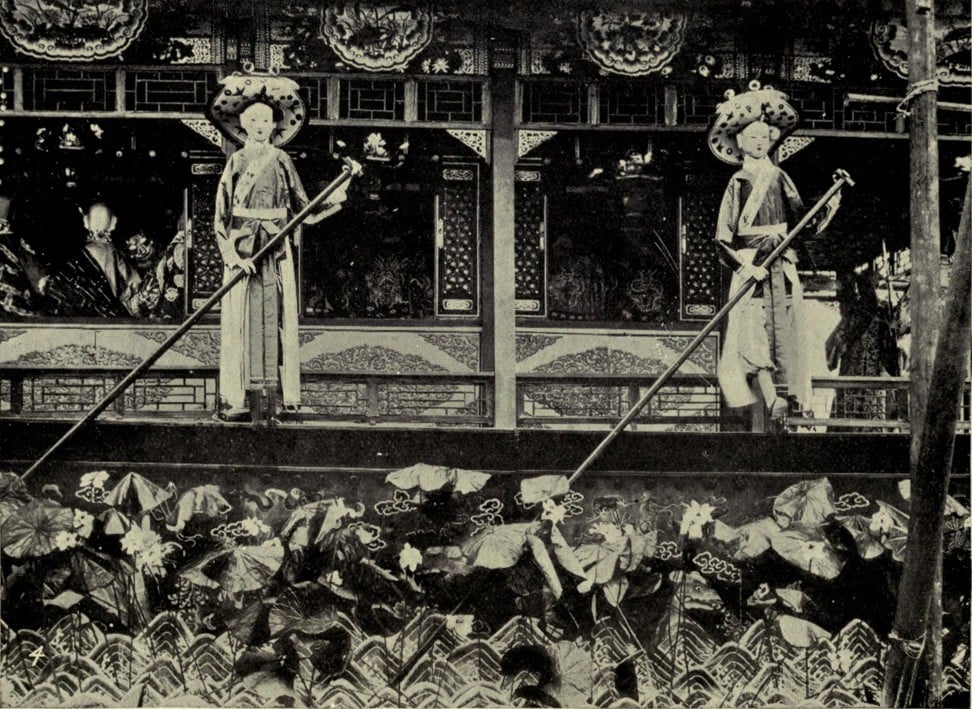
Paper effigies of life-size servants wearing human clothes.
Cixi was finally interred inside the Eastern Qing tombs. Her tomb was looted by the warlord Sun Dianying and his army in 1928.